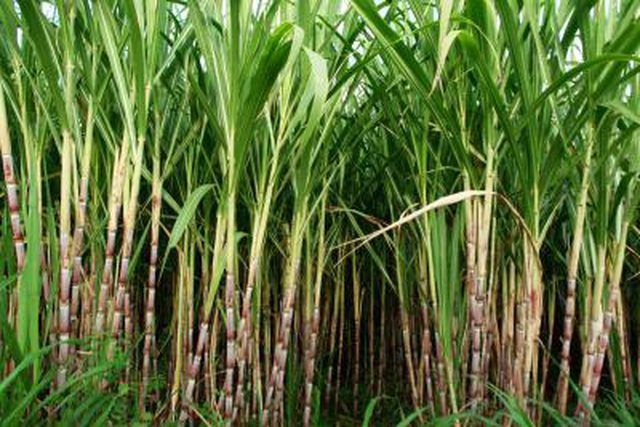Bulbs
Flower Basics
Flower Beds & Specialty Gardens
Flower Garden
Garden Furniture
Garden Gnomes
Garden Seeds
Garden Sheds
Garden Statues
Garden Tools & Supplies
Gardening Basics
Green & Organic
Groundcovers & Vines
Growing Annuals
Growing Basil
Growing Beans
Growing Berries
Growing Blueberries
Growing Cactus
Growing Corn
Growing Cotton
Growing Edibles
Growing Flowers
Growing Garlic
Growing Grapes
Growing Grass
Growing Herbs
Growing Jasmine
Growing Mint
Growing Mushrooms
Orchids
Growing Peanuts
Growing Perennials
Growing Plants
Growing Rosemary
Growing Roses
Growing Strawberries
Growing Sunflowers
Growing Thyme
Growing Tomatoes
Growing Tulips
Growing Vegetables
Herb Basics
Herb Garden
Indoor Growing
Landscaping Basics
Landscaping Patios
Landscaping Plants
Landscaping Shrubs
Landscaping Trees
Landscaping Walks & Pathways
Lawn Basics
Lawn Maintenance
Lawn Mowers
Lawn Ornaments
Lawn Planting
Lawn Tools
Outdoor Growing
Overall Landscape Planning
Pests, Weeds & Problems
Plant Basics
Rock Garden
Rose Garden
Shrubs
Soil
Specialty Gardens
Trees
Vegetable Garden
Yard Maintenance
How to Harvest Sugar Cane
How to Harvest Sugar Cane. If you're looking for a tall, fast-growing windbreak or screen that gives you a delicious treat, consider sugar cane (Saccharum officinarum). This large grass grows in warm winter climates of U.S. Department of Agriculture plant hardiness zones 8 through 11. Sugar cane gives the world 75 percent of its sugar, and it's...

If you're looking for a tall, fast-growing windbreak or screen that gives you a delicious treat, consider sugar cane (Saccharum officinarum). This large grass grows in warm winter climates of U.S. Department of Agriculture plant hardiness zones 8 through 11. Sugar cane gives the world 75 percent of its sugar, and it's still a crop in the southern U.S. To get started, lay pieces of cane horizontally in furrows in late summer or fall. They'll sprout the next spring and grow all summer.
Timing the Harvest
Sugar cane grows 8 to 10 feet tall or more by harvest time. The goal is to harvest the cane when it has the maximum amount of sugar in the stem pith, but before any temperatures near freezing threaten the crop. Freezing ruins the canes. For signs sugar cane is ready to cut, take some tips from sugar cane farmers. They listen for a metallic sound when a fully grown cane is tapped, and they watch for leaves turning yellow and becoming dry. When you make a slanting cut across a ripe cane, hold it up to the light and look for sugar crystals in the juice oozing from the stem.
Cutting the Canes
Before starting work, put on a thick long-sleeved shirt, long pants and gloves. Sugar cane leaves have sharp edges and give nasty wounds like deep paper cuts. The tall plants have dust and debris on their tall stems, so wear a hat or put a bandana over your hair. Sharpen up a machete or use lopping shears. Keep a whetstone handy for re-sharpening the tools. Wipe the tools with a cloth soaked in rubbing alcohol before using them. Cut the stems off as close to the soil as possible, because the sugar concentration is highest at the bottoms of the stems.
Stripping the Stems
Cut off the top part of each stem that is still green and doesn't have the thick nodes present that accumulate sugar. Then strip the leaves from each stalk of cane. You can use the trimmings to mulch over the row of cut stalks, because they'll sprout again in spring. The mulch helps protect the sugar cane roots and culms from the cold.
Washing and Sectioning
Rinse off each stem to remove dirt, dust and debris. Then cut the canes into shorter sections. Use them as they are for chewing canes. You can't store sugar cane for any length of time without a significant decrease in the amount of sugar. If you have sufficient quantities, you can try making cane syrup.